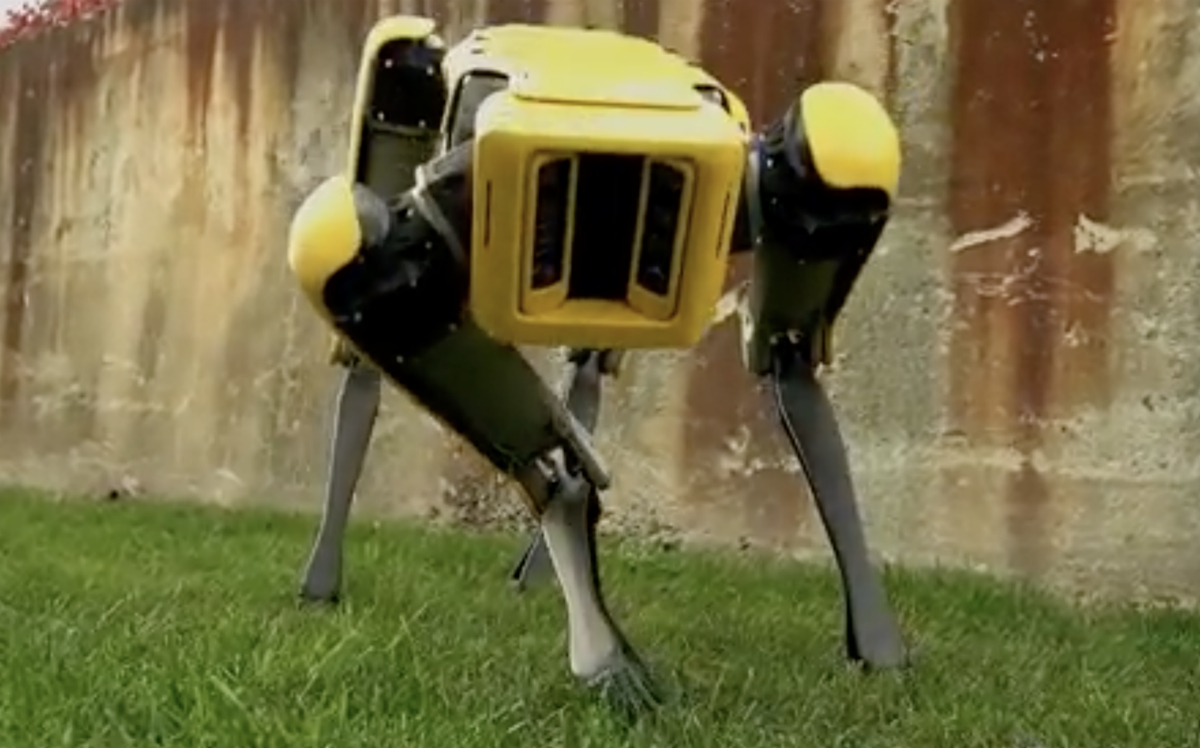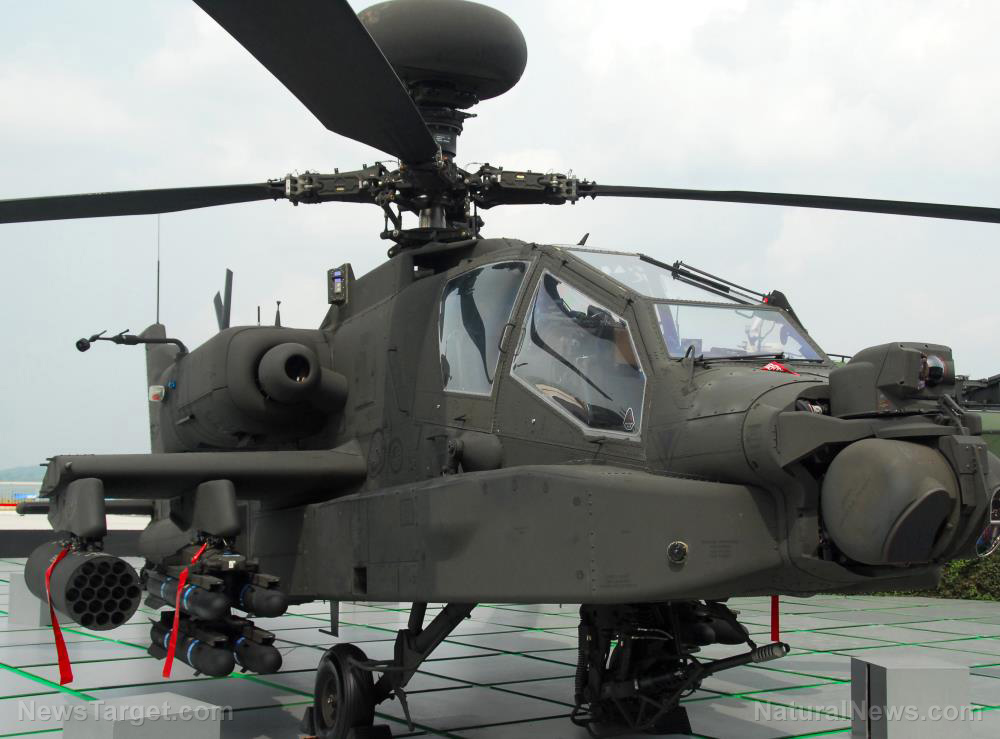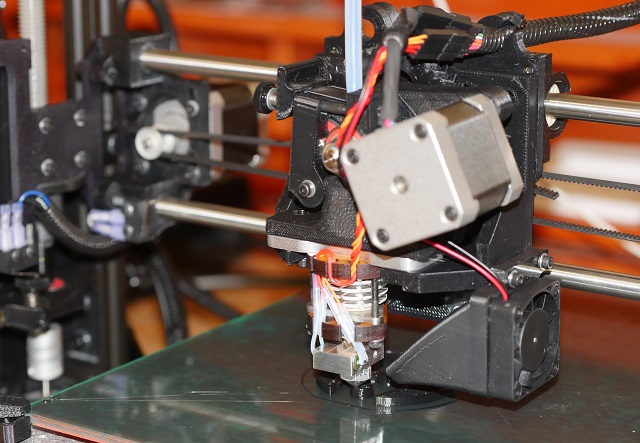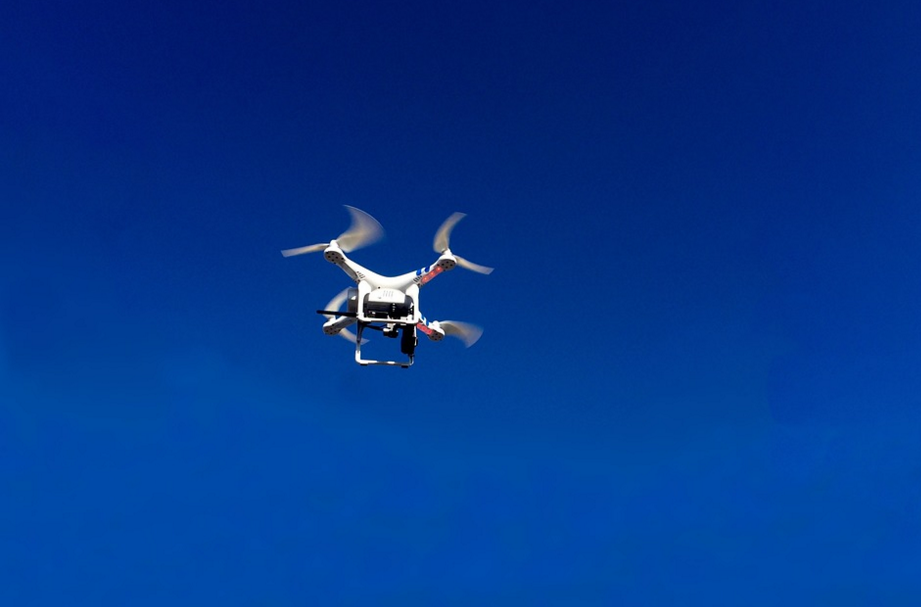Researchers demonstrate the usefulness of vehicle-to-vehicle communication in improving road safety
02/01/2019 / By Carol Anderson

As car manufacturers begin building and selling automatic cars, car technology experts come up with innovation to make these automobiles as safe as possible.
One such technology under development is vehicle-to-vehicle (V2V) communication, which allows cars to wirelessly transfer or share data, such as their exact location and running speed, in real time. Connected cruise control can also adjust a car’s their speed through information obtained from V2V.
V2V communication enables cars to broadcast and receive omnidirectional messages from other vehicles. This creates a 360-degree awareness of what’s happening in the surroundings, as well as the proximity of all cars within a 300-meter radius.
Essentially, the messages sent through this technology can help determine possible crash threats and allow vehicles to adjust their courses. In addition, those equipped with V2V communication can also send signals or warning signs to other nearby cars, alerting them about potential threats.
Preventing road accidents and saving energy are the main goals of V2V communication. A team of researchers from the University of Michigan found that even with only one automated vehicle using connected cruise control among human-driven cars, there was still an increase in safety and improved energy efficiency.
In the experiments conducted by Gabor Orosz and his team, it appeared that cars equipped with this technology were able to brake with 60 percent less G-force than what is needed by an ordinary human-driven car. Energy efficiency was also boosted by as much as 19 percent, thanks to a smooth transition between stops and acceleration.
“Automated cars utilizing V2V data will not only perform better, but they can also foster a friendlier environment where few safety hazards sneak into traffic and higher efficiency is possible for all cars on the road,” Orosz said. (Related: Why do Tesla electric cars keep bursting into flames and colliding with other vehicles?)
The experiments also revealed that a chain of human-driven cars can make braking increasingly severe. When a vehicle running at 55 mph decreased to almost zero, and then accelerated to 55 mph again, human drivers can decelerate up to 0.8 G. This will send anyone or anything unbuckled to go flying toward the windshield.
However, V2V-based automated vehicles maintained a steadier speed profile, able to maneuver through the rapidly changing traffic without spilling a single drop from a full cup of coffee, thanks to its deceleration that was kept less than 0.3 G.
“The V2V data allow the automated car to anticipate how the traffic in front might slow down once someone starts to brake several vehicles ahead. The V2V-based connected cruise control then eases off the gas and prepares to brake early on, evening out the brunts when an automated car goes through stop-and-go traffic waves,” Orosz explained.
Better than on-board sensors
The V2V communication technology is said to be more effective than any other sensor accessory available because unlike on-board sensors, it can give a 360-degree view of its surrounding. On-board sensors work only when a human-driven car is in front and cannot see around corners or see through buses and trucks.
This inadequacy in terms of development poses a lot of safety threats. For example, as cited in the Science Daily article, “If a vehicle a few cars ahead triggers a cascade of braking, on-board sensors only tell the automated car to respond when the car immediately ahead hits the brakes. Not seeing beyond the direct line of sight means lots of surprises to deal with in driving.”
In the next few years, Orosz believes that more cars with V2V communication technology will be plying the streets as major car manufacturers begin to join in on the trend. General Motors, Volkswagen, and Toyota are some of the companies who have started deploying the technology on their cars.
More than promoting safety, the implementation of using V2V communication is also helping the environment. The researchers discovered that cars using connected cruise control can significantly save up on gas or battery energy.
Sources include:
Tagged Under: AI, automated cars, car automation, car technology, cars, connected cruise control, energy efficiency, future tech, innovation, Internet of Things, road safety, robotics, technology, V2V communication, wireless data



















